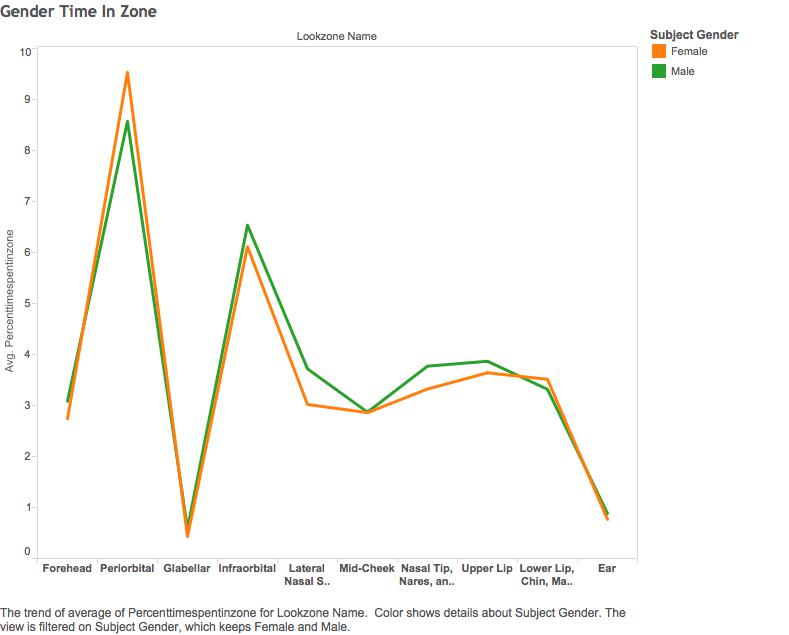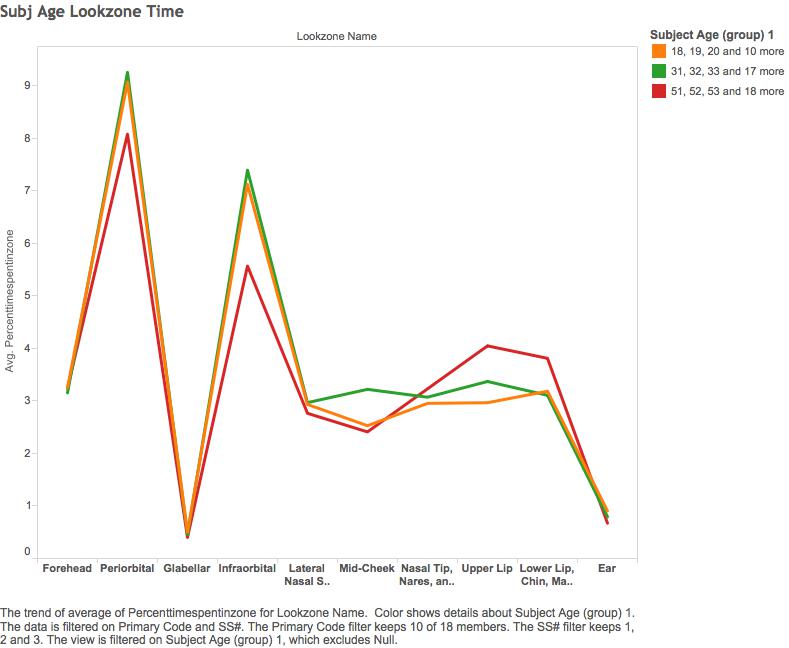|
|
|
|
|
Back to 2016 Annual Meeting
Impact Of Observer Age And Gender On The Visual Processing Of Faces.
Thanapoom Boonipat, BS1, Oliver Darwish2, Tiffany Brazile, BA1, Philip Montana, BA1, Kevin Fleming, PhD3, Mitchell Stotland, MD1.
1Geisel School of Medicine at Dartmouth, Hanover, NH, USA, 2Dartmouth College, Hanover, NH, USA, 3Norwich University, Norwich, VT, USA.
Background:
Our research is fundamentally interested in the factors leading to the differential perception of patients with congenital or acquired facial difference. The scientific literature has provided little information regarding the impact of observer age and gender on the early stages of visual processing of the human face. In order to investigate the impact of those factors, we employed eye-tracking technology.
Purpose:
Our goal is to better understand how faces are perceived with the knowledge that early perception may have long-term implications on relationship development. Elucidation of early visual processing of faces may better inform surgeons’ conversations with their patients by improving understanding of how faces are reflexively interpreted by others. This knowledge may also help focus surgical reconstructive priorities.
Methods:
118 experimental and 79 control facial images were obtained from the senior author’s practice.
Experimental images included: 29 cleft lip, 22 facial aging, 18 facial lesion, 16 ear deformity, 14 HIV lipodystrophy, 11 nasal deformity, 6 dermatochalasis. Control images were age-matched to experimental.
Twenty standardized lookzone regions were mapped onto each facial image.
265 subjects were recruited to observe a randomly chosen subset of 40 images (20 experimental/20 control age-matched) while an infrared eye-tracking camera continuously recorded their pupillary response.
Factorial ANOVA analysis was performed to determine significance of differences between groups.
Outcomes Measured:
The total number of eye fixations within different lookzone regions was recorded. Factorial ANOVA analysis was performed to determine significance of gaze patterns between groups.
Results. The following observations were statistically significant at p<0.01 level:
(i)
women look at the periorbital region more than men do; men look at the middle facial region more than women do
(ii)
women and men both look at women’s eyes more than at men’s eyes
(iii)
older observers look at the perioral region more and the periorbital region less than younger observers
Conclusions:
By describing the age and gender-related patterns of reflexive facial surveillance, this report offers a more nuanced idea about where and how we inspect human faces than has previously been documented in the literature. A construct emerges from this study
suggesting that the gender of both observer and facial object, as well as the age of the observer, influence the visual focus of early impression formation.
  
Back to 2016 Annual Meeting
|
|
